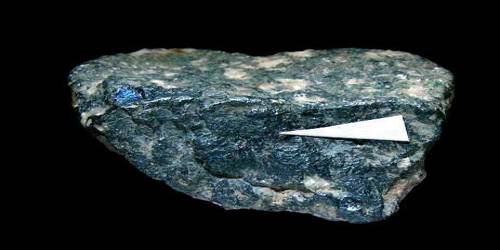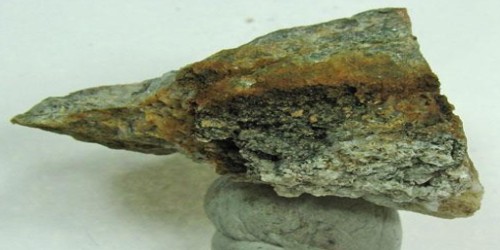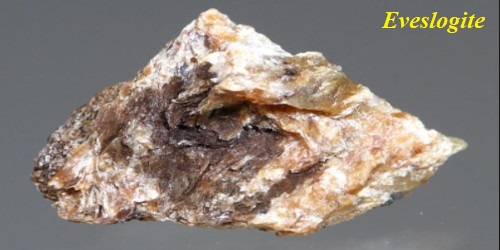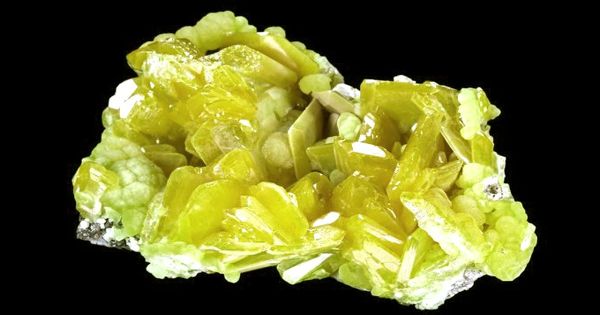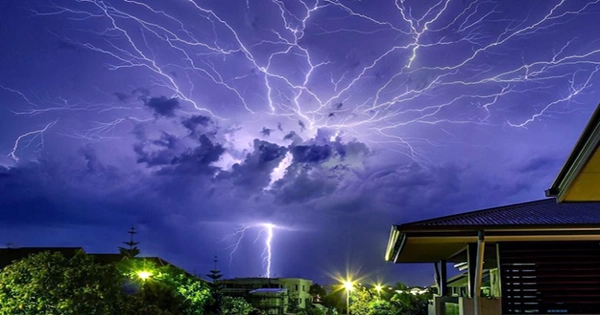Bukovite is a rare selenide mineral with formula Tl2Cu3FeSe4. It is a brown to black metallic mineral which crystallizes in the tetragonal system. It was named after the place of occurrence, which is at Bukov, Czech Republic. It is a rare selenide mineral.
It can be identified in the field by its color variations such as grey-brown and black. Its opaque form has {001} good and {100} distinct cleavage. The density of bukovite is 7.36 g/cm3 with a hardness of 2- approximate to gypsum.
General Information
- Category: Selenide – Bukovite group
- Formula: Tl2Cu3FeSe4
- Crystal system: Tetragonal
- Crystal class: Ditetragonal dipyramidal (4/mmm).
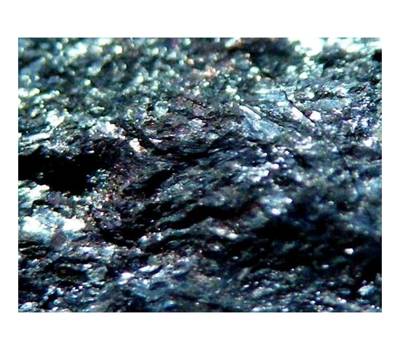
Properties
- Color: Grayish-brown
- Cleavage: Distinct/Good: Good on {001} imperfect on {100}
- Mohs scale hardness: 2
- Luster: metallic
- Diaphaneity: opaque
- Specific gravity: 7.40 (calculated)
Occurrence
Bukovite occurs in selenium-bearing veins of hydrothermal origin. It is often associated with minerals such as clausthalite, eucairite, cham´eanite, berzelianite, klockmannite, sabatierite, crookesite, ferroselite, cadmoselite, pyrite, dolomite, eskebornite, marcasite, chalcopyrite, chalcocite, umangite, bornite, uraninite, hematite, goethite, calcite, quartz, and hakite.
It was first described in 1971 for an occurrence in the Bukov uranium mine, Rožná deposit, Vysočina Region, Moravia, Czech Republic. It has also been reported in Skrikerum, near Tryserum, Kalmar, Sweden; near Vernet-la-Varenne, Puy-de-Dôme, France; and Tuminico, Sierra de Cacho, La Rioja Province, Argentina.
Information Source:
